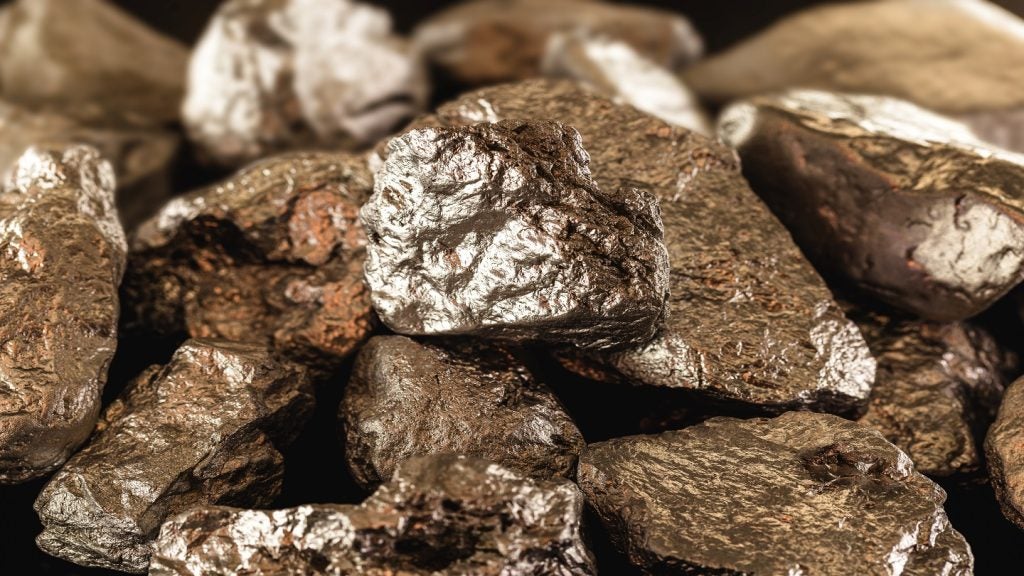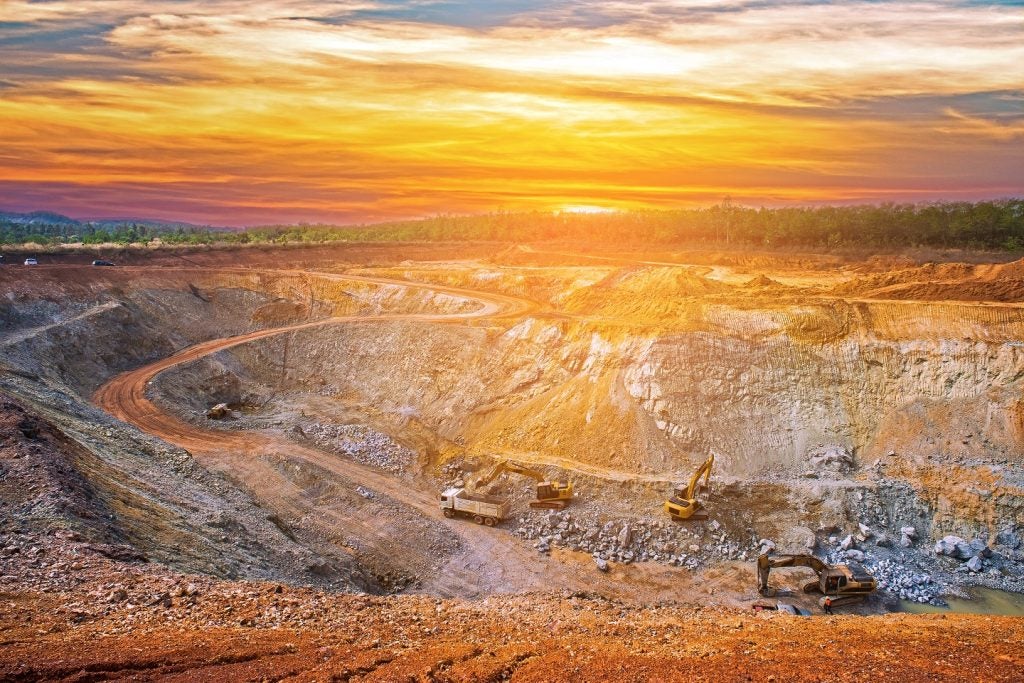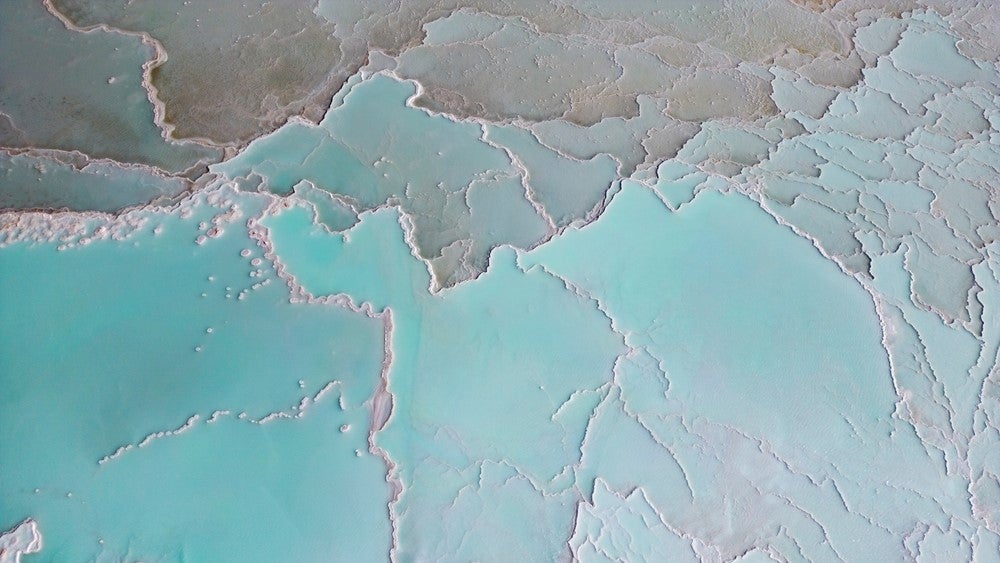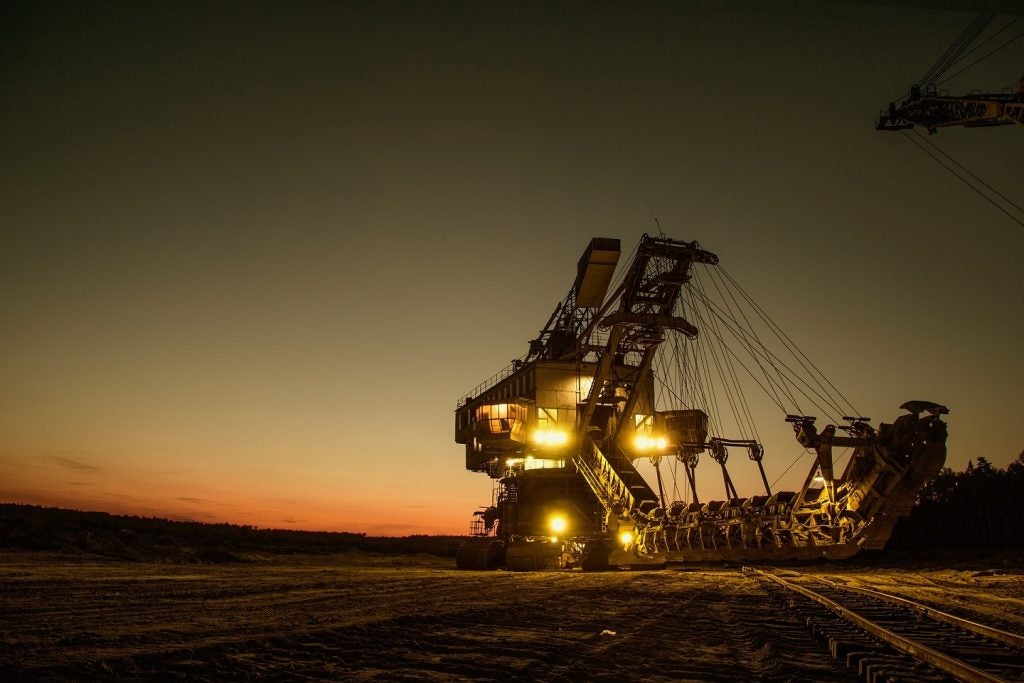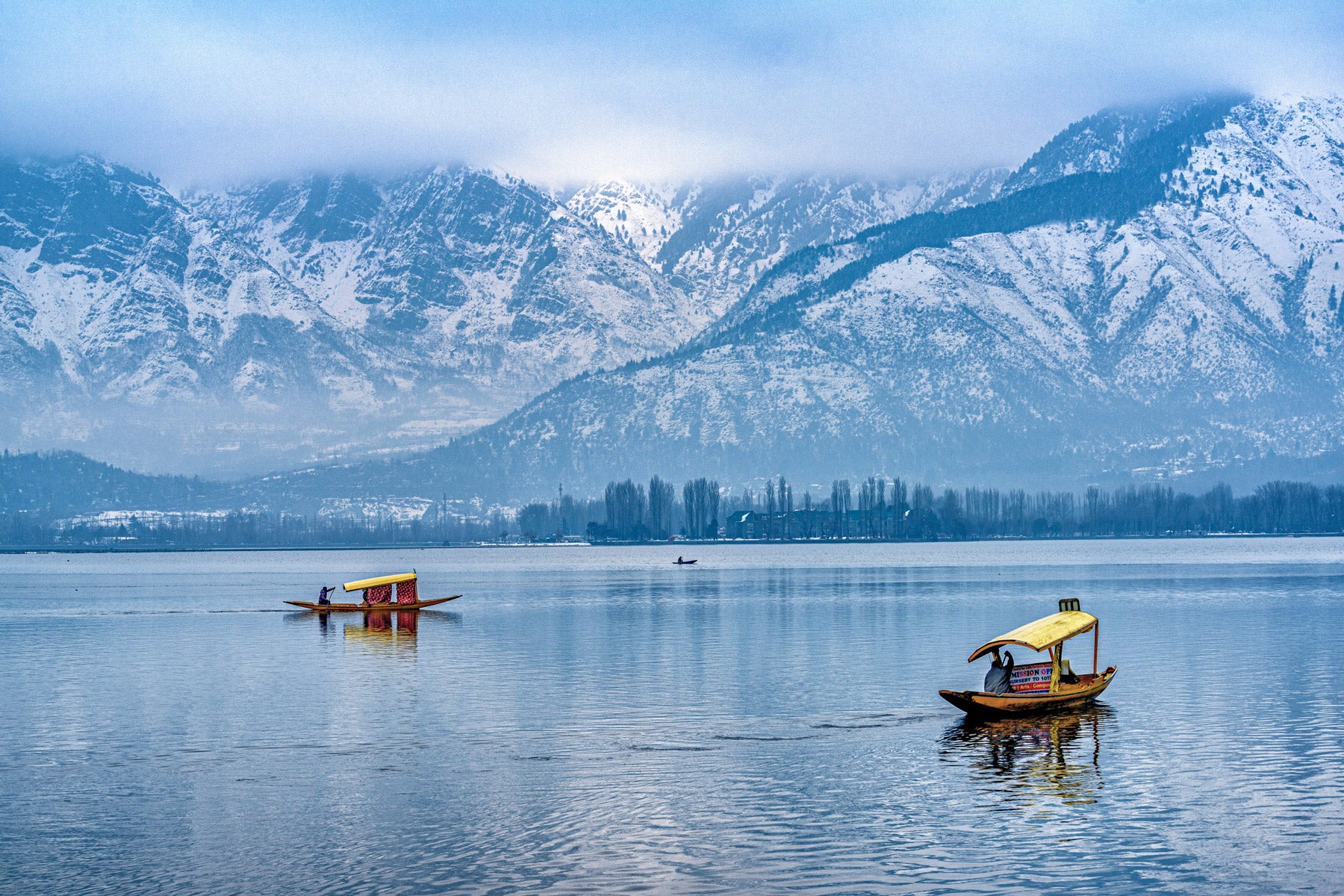
In India, you can now increasingly find electric vehicles everywhere on the road – from food deliveries to young people learning how to ride (electric) scooters. India’s energy demand is set to grow more than any other country due to its size and potential for growth, says the International Energy Agency (IEA).
In a race to secure the electric vehicle (EV) production and supply chain, the government of India announced the discovery of 5.9 million tonnes (mt) of inferred lithium ore in the Salal-Haimna areas of Reasi district, Jammu & Kashmir in February 2023.
The discovery of lithium reserves in India could help the country to become a leading green industrial power. In addition, it could change the outlook for lithium availability in the medium and long term, which may help to avoid getting caught in EV supply chain tensions between the US and China.
The Geological Survey of India further documented the discovery of 51 mineral blocks, including lithium and gold, handed over to respective state governments.
“Out of these 51 mineral blocks, five blocks pertain to gold and other blocks pertain to commodities like potash, molybdenum, base metals etc spread across 11 states of Jammu and Kashmir (Union Territory), Andhra Pradesh, Chhattisgarh, Gujarat, Jharkhand, Karnataka, Madhya Pradesh, Odisha, Rajasthan, Tamil Nadu and Telangana,” the statement said.
Lithium deposits and mining laws in India
According to the Peterson Institute for International Economics (PIIE) figures, India will become the sixth-largest holder of lithium resources worldwide, ahead of China, the largest importer of raw lithium and producer of lithium-ion batteries. Australia is currently the leading producer of lithium.
How well do you really know your competitors?
Access the most comprehensive Company Profiles on the market, powered by GlobalData. Save hours of research. Gain competitive edge.

Thank you!
Your download email will arrive shortly
Not ready to buy yet? Download a free sample
We are confident about the unique quality of our Company Profiles. However, we want you to make the most beneficial decision for your business, so we offer a free sample that you can download by submitting the below form
By GlobalDataIndia aims to establish itself as a viable source of lithium-ion batteries, competing with China. This is being done considering India’s position as the fourth-largest auto market globally and the potential for exporting these batteries in the future. If India succeeds, it could replicate its success in exporting low-displacement motorcycles, scooters and low-cost agricultural machinery to other developing countries, the PIIE says.
The Indian Parliament passed a law on 2 August 2023 permitting the government to auction and mine newly discovered lithium reserves and other minerals. This will increase the mining of the crucial raw material used in EV batteries.
The law has removed lithium and other minerals from the list of atomic minerals, which bans private companies from mining and auctioning these minerals, opening up lithium exploration to private companies.
“There is a need to vigorously increase exploration and production of the minerals proposed to be removed from the list of atomic minerals to meet the growing demands of the country,” a government statement said at the time, as reported by Mining Technology.
Deep-seated minerals such as cobalt, copper, diamonds, gold, lead, nickel, the platinum group of minerals, silver and zinc are more expensive to explore and mine compared to surficial or bulk minerals. India’s Union Minister for Coal and Mines, Pralhad Joshi, stated that despite India having 95 of the “most precious” minerals, the country still imports them.
The push to unlock India’s resources
India has also initiated a concerted domestic exploration push for the alkali metal, a vital ingredient of the lithium-ion rechargeable batteries that power EVs, laptops and mobile phones, the Indian Express reported.
According to reports, the Atomic Minerals Directorate for Exploration and Research (AMD), a division of the Department of Atomic Energy, has conducted preliminary surveys that have revealed the presence of approximately 1,600 tonnes of lithium resources in the igneous rocks located in the Marlagalla-Allapatna area of Mandya district in Karnataka state.
However, the recent discovery was classified as “inferred”, one of the three categories used to classify mineral resources – and one that is used to increase geological confidence.
The “inferred” mineral resource is a part of the overall resource where the quantity, grade and mineral content have been estimated with low confidence. This estimation is based on data gathered from sources such as outcrops, trenches, pits, workings, and drill holes, which may have limited or uncertain quality and, therefore, lower reliability, according to the Indian Express.
India’s lithium discovery is also significantly small compared to reserves in Bolivia (21 mt), Argentina (17 mt), and Australia (6.3 mt), it said.
While the discovery is still a boon for the country’s green economy, India’s rapid growth in fossil fuel energy consumption has also increased CO₂ emissions, making it the third-highest emitting country in the world.
The Narendra Modi government is taking initiatives to achieve net zero emissions by 2070, which is still decades away. The IEA has called these targets “formidable”, and the forecasts show that the production will need to increase over 40-fold for the world to achieve net zero emissions.
Managing the impact of lithium mining
The identified lithium reserves are located approximately 30 miles from the Line of Control, which separates India-controlled Jammu and Kashmir from Pakistan-controlled Azad Kashmir. The Reasi district is a hilly region with what is considered a fragile ecology.
India needs to overcome the challenge of harnessing a valuable resource in its most politically unstable region, which has witnessed numerous wars and violent clashes between India and Pakistan since attaining independence from Britain in 1947, to enjoy the associated benefits of the lithium discovery.
“Large resource discoveries in ‘peripheral’ regions far from the capital and locus of government power are often politically destabilising, especially when those resources are discovered in areas dominated by ethnic or religious groups that face significant discrimination,” the PIIE said.
“The government should relocate all the villagers to a safer place and provide them [with] compensation five times more than the actual cost of the land,” village head Preetam Singh told Euronews, adding that the extraction of lithium should first benefit the people of Jammu and Kashmir.
Lithium mining incurs significant environmental costs, which are concentrated in specific regions and include potential groundwater pollution. The process requires large amounts of water and causes air and water pollution. Mining for lithium also produces substantial mineral waste and results in high CO₂ emissions due to energy-intensive mining.
Large infrastructure projects can also exacerbate existing conflicts in areas where minority groups are seeking self-determination or greater autonomy.
Under these conditions, the discovery of the resources may intensify the existing conflicts or even spark new ones, but time will tell how the government tackles these issues.



